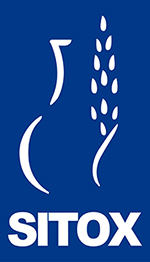Beyond the Glasgow Coma Scale: an integrative review of new tools for neurological assessment in the intensive care unit for adult patients
Accepted: 22 January 2024
All claims expressed in this article are solely those of the authors and do not necessarily represent those of their affiliated organizations, or those of the publisher, the editors and the reviewers. Any product that may be evaluated in this article or claim that may be made by its manufacturer is not guaranteed or endorsed by the publisher.
Authors
The Glasgow Coma Scale (GCS) is a widely used clinical tool for assessing impaired consciousness, but concerns arise when applied to intubated patients or those receiving analgesics, sedatives, and paralytics because verbal scores are not evaluable. Furthermore, the GCS does not differentiate the neurological status of the patient once intubated, resulting in poor reliability in neurological assessment, and clinical indicators that may reflect the severity of the coma are not included in the GCS. This study explores alternative tools for neurological assessment in Intensive Care Units (ICUs) when GCS is impractical. Conducting an integrative review of studies from 2018 to 2022, we identified seven relevant papers. Results indicate the FOUR score as a promising GCS alternative, particularly in cases where the GCS is unavailable. Automated pupillometry also demonstrated the potential for monitoring neurologically impaired ICU patients. These tools, independent of verbal responses and applicable to sedated patients, offer improved accuracy in assessing consciousness. The study emphasizes the importance of adopting such alternatives, and addressing GCS limitations, and highlights the need for further research and implementation to enhance patient care in ICU settings.
How to Cite

This work is licensed under a Creative Commons Attribution-NonCommercial 4.0 International License.
PAGEPress has chosen to apply the Creative Commons Attribution NonCommercial 4.0 International License (CC BY-NC 4.0) to all manuscripts to be published.

 https://doi.org/10.4081/ecj.2024.12121
https://doi.org/10.4081/ecj.2024.12121








